Today I will write to you about Wisteria's ancient lineage
Wisteria-blue rain is a magnificent deciduous creeper. The Latin name for this plant is WISTERIA SINENSIS, and it is also called GLICINIA.
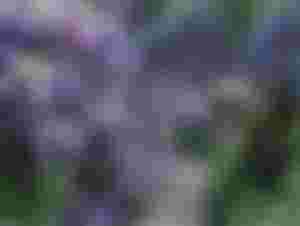
It can reach a height of 6 to 20 m, and there are even examples where it is higher than 20 m. Its decoration is a flower that occurs in large hanging clusters. Hence the name for this plant "blue rain". There is also white wisteria - wisteria floribunda "Alba",

In pink - wisteria floribunda "Rosea"
and in all shades between these three colors. Its flowers have an intoxicating scent and appear from May to June. Extremely fragrant flowers attract bees and other insects that cannot resist the honey nectar of this plant. After flowering, in places where there was a flower, long and plush mauns full of seeds are formed. They stay on the branches during the winter, so they are an additional decoration for this climber.

Wisteria is a genus consisting of a dozen species of semi-woody climbers whose branches bend around the support pillars in a clockwise and counterclockwise direction. They can climb up to 20 meters high and up to 10 meters wide. The most famous wisteria is located in the Sierra Madre in California, and it occupies about 0.40 hectares and weighs about 250 tons. The leaves are alternate (15-35 cm), in the shape of feathers, and have 9-19. The flowers are arranged in clustered inflorescences (10-80 cm), mostly blue-purple, pink, lavender, mallow or pure white. It blooms in spring when the flowers appear first, and then the leaves. It blooms 2-3 more times during the year,
in mid-summer and late autumn. The flowers of some species have an extremely pleasant smell, and they come to the fore if the plant is planted on pergolas. Chinese and Japanese species bloom only after a few years (5-7), while American species bloom in the second year because they are less robust than Japanese and Chinese wisteria. At the end of flowering, pods (fruits) of 15 cm in size are formed, which contain rounded seeds , painted in brown and black.

Wisteria is considered an invasive species of climber, especially if it is allowed to grow and climb with an existing plant because it has the ability to stifle the host plant. It thrives best in strong sunlight and with support that must be very strong because over time, wisteria strengthens its branches that can break wooden poles, suffocate adult trees. If it grows next to the house, it can cause damage to gutters, tiles or access paths and the facade. This magnificent plant is resistant to low temperatures and is not bothered by high summer temperatures.
It survives our continental winters without any problems, it only needs to be protected for the first two years. Neither winter nor summer winds suit her. Wisteria is suitable for slightly acidic soil (pH value 6.2) and during the spring it is very important to fertilize once a year. It can be planted from seed, but it is better and more often done from seedlings. A plant obtained from seeds may not bloom for decades, so a shoot that sprouts from the roots is taken.
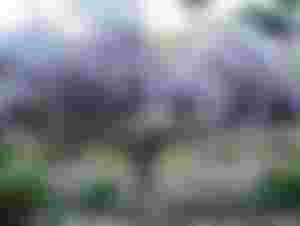
Wisteria can be propagated in a variety of ways. One of them is seed propagation. However, then expect the first flowering in at least three years, if the plant survives that period. An easier way is to propagate by laying hens.

The simplest way is to bury one vine (branch) in the ground, water that part and wait for a year to pass. After that, separate the new plant from your "mother" with scissors. Only next year, in the fall, transplant the new plant to the desired location. It can be propagated by cuttings and grafting, as well as most plants.
It belongs to the group of poisonous ornamental plants in our gardens. A real garden beauty, who also has that other bad side. Some say that the seeds and mauna themselves are poisonous, but there is evidence that other parts of the plant are also poisonous. Of course, poisoning can only occur if you eat any part of this plant. I don't believe that anyone would eat any part of wisteria, but you must have special CAUTION because of children who are curious and who can think of something like this.
In Japan, wisteria is one of the favorite plants. They call it Fuji. In their flower park in the city of Ashikaga, there is this tree that they call the most beautiful in the world. The tree is about 145 years old and has formed an umbrella of flowers. Also, in Japan, in the city of Kitakyushu, there is a tunnel formed of 150 wisteria trees, they call it the tunnel for lovers.

Isn't she beautiful, and I would fall in love under this tree.

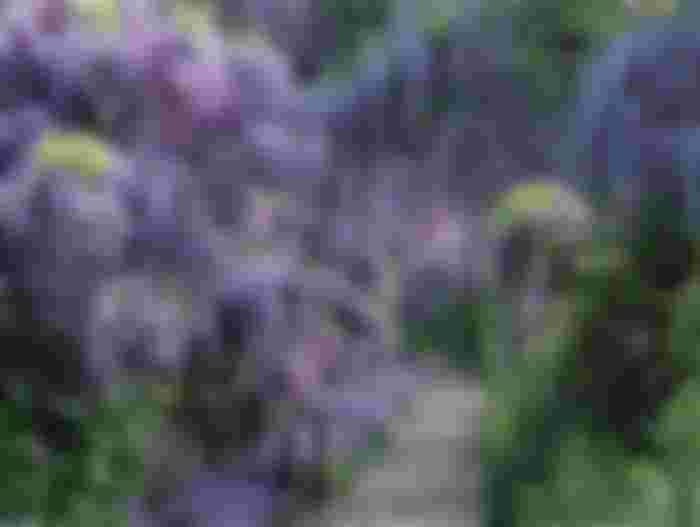
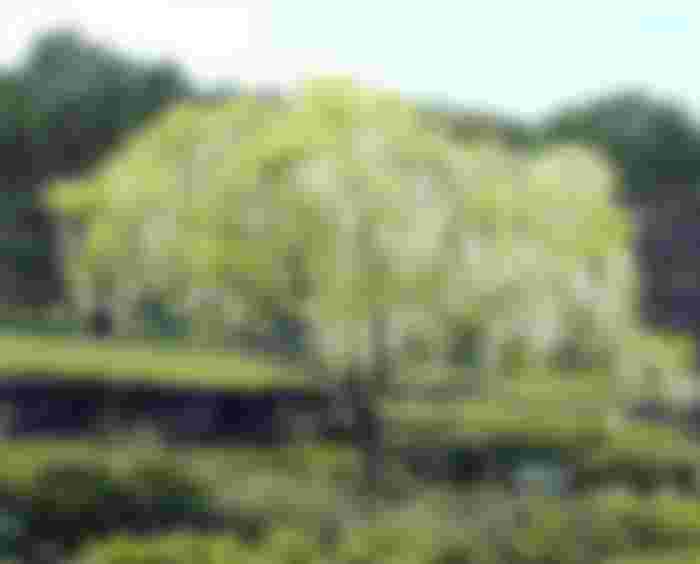




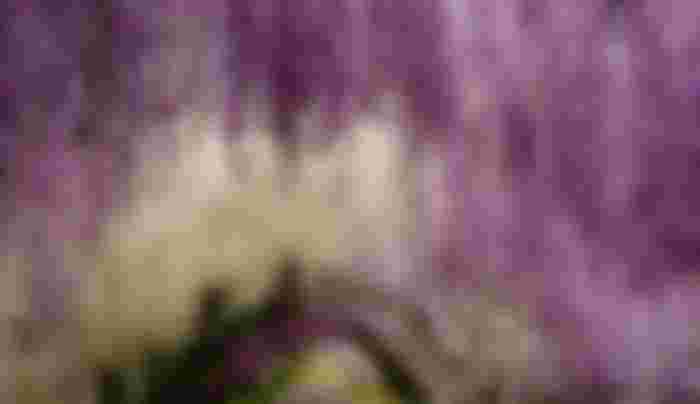
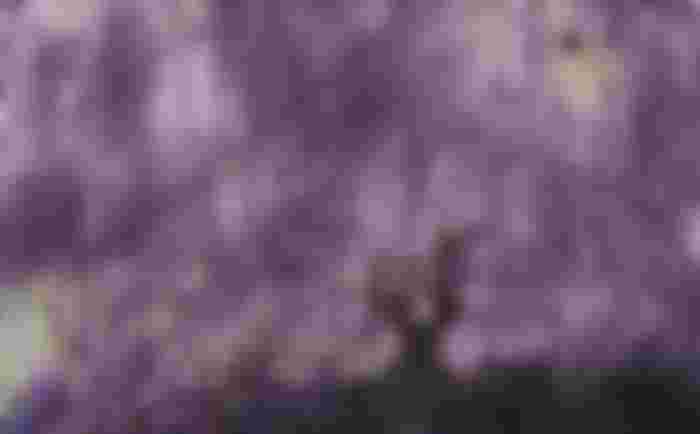
I didn’t know there was such a beautiful beautiful tree